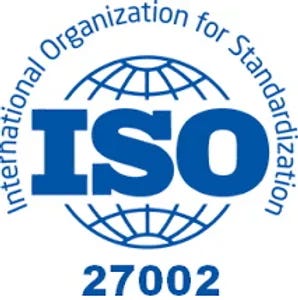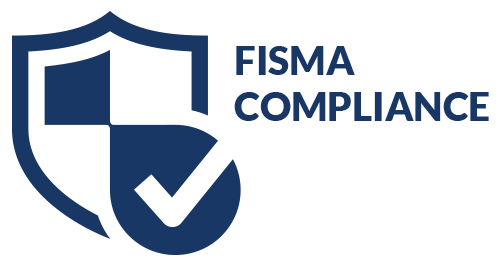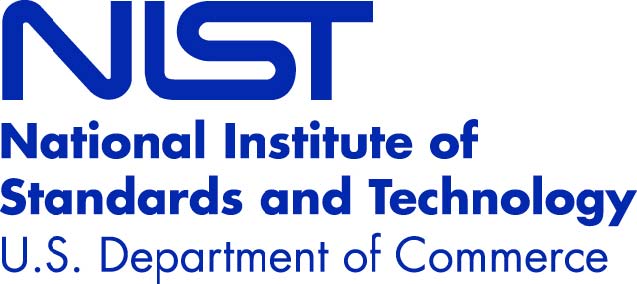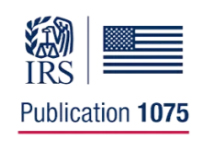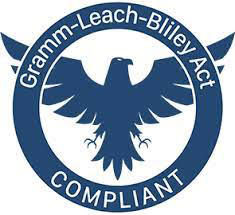We recently came across an article from 2001 written by Emil Hartleb, former Executive Director of the Commercial Collection Agency Association (CAAA). And although the article – entitled “Managing Accounts Receivable Portfolios in Troubled Times” – dates back more than a decade, its principals and teachings are very much applicable for today’s businesses and especially those in credit and collections roles.
In Hartleb’s article, he discusses the growing trend and the benefits of utilizing accounts receivable management outsourcing. One obvious benefit of outsourcing is that it frees up the internal staff to focus on their companies’ core competencies. There is also potential advantage of saving or controlling costs.
Hartleb states that other benefits – ones of equal importance to those mentioned above – include:
- Outsourcing the management of the accounts receivable portfolio with an outside expert can lead to an improvement in cash flow.
- Enhanced customer contact brought about by the improved efficiency of the outsourcing provider often leads to earlier detection of customers’ unhappiness with products and services and allows earlier resolution of these problems, resulting in improved customer satisfaction.
- Reduced expenditures on the information technology infrastructure. The outside expert is able to provide the technology to more effectively manage the accounts receivable management function.
Beyond the benefits of companies outsourcing their accounts receivables, Hartleb’s article also discusses when to place accounts with agencies once the outsourcing decision has been made. In most cases, we at Transworld Systems Commercial Division recommend placing accounts with us after they reach 90 days past-due. However, Hartleb brings up several realistic scenarios when you may want to consider placing sooner:
- Two broken promises of payment. Payments were promised but no checks have been received, and the customer will not send immediate payment by overnight delivery.
- Customer’s telephone is disconnected. Double-check with telephone information, and if no new listing is available, place the account immediately.
- The customer repeatedly requests documentation even though they have been supplied the documentation previously. This common practice is used to delay payment of the account.
- Your customer indicates an inability to pay and refuses to provide a specific date for payment or to initiate a realistic payment schedule. This is a sure indication of a serious cash flow problem and immediate steps should be taken to protect your company’s interests.
- Your customer states they will “take care of the account,” but refuses to make a realistic commitment for payment or to work out a payment schedule. This is another indication of a serious cash flow problem.
Hartleb presents many other great points, statistics and advice in his article, which you can view in its entirety at http://www.ccaacollect.com/advice10.htm.
Share Your Experiences!
With the above information in mind, we want to know how you and your organization have managed accounts receivables during troubled times – or anytime for that matter! What has worked and what hasn’t? Do you agree or disagree with Hartleb’s points above or in his article? Use the comment field below to let us know what you think!
Our thanks to Emil Hartleb Associates and the CCAA for allowing us to reference their article and share with our audience.
